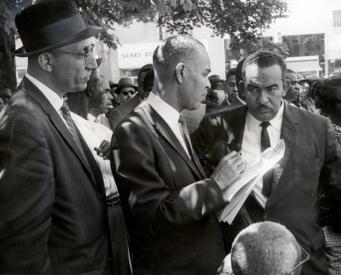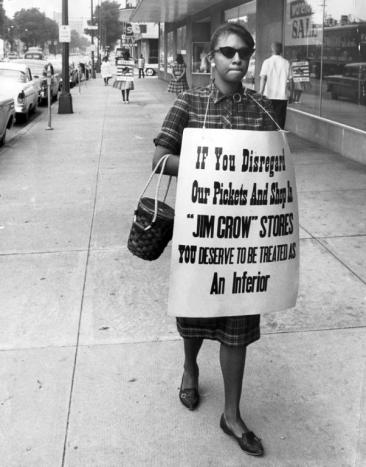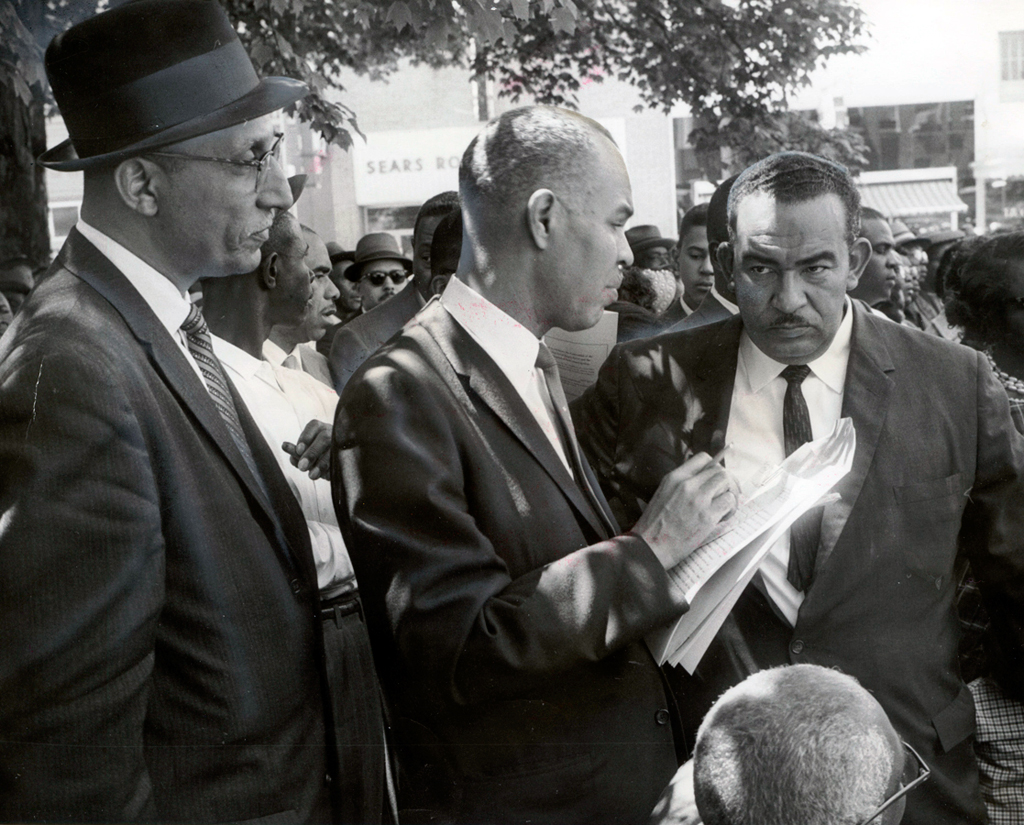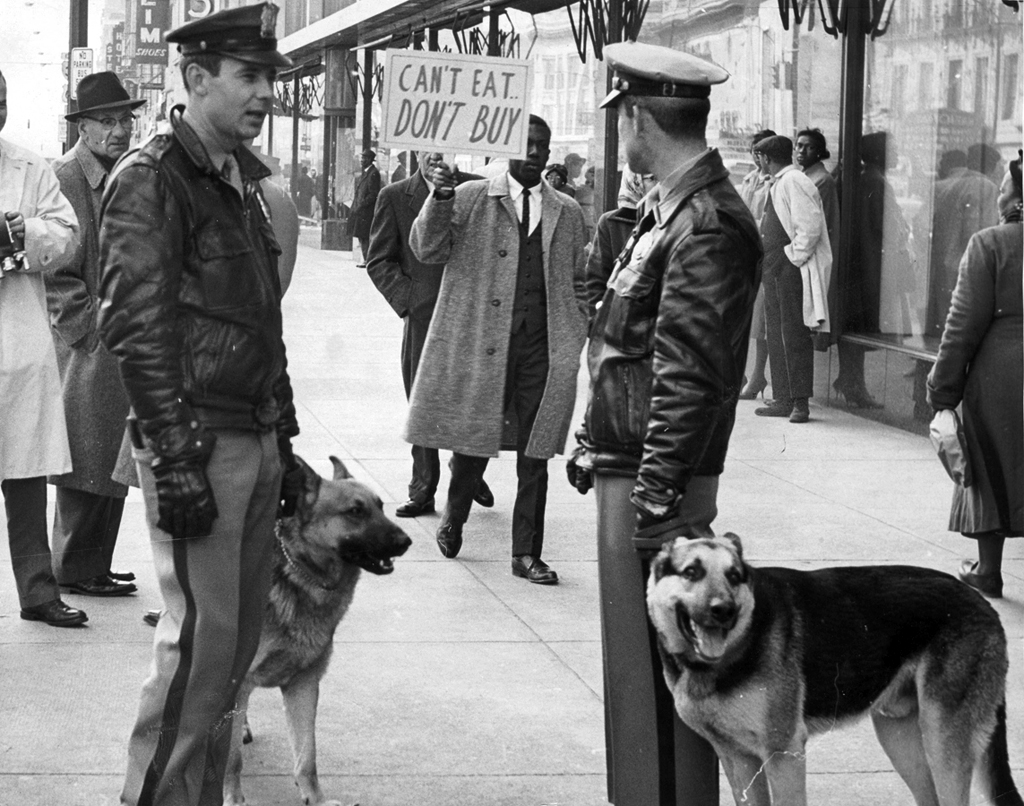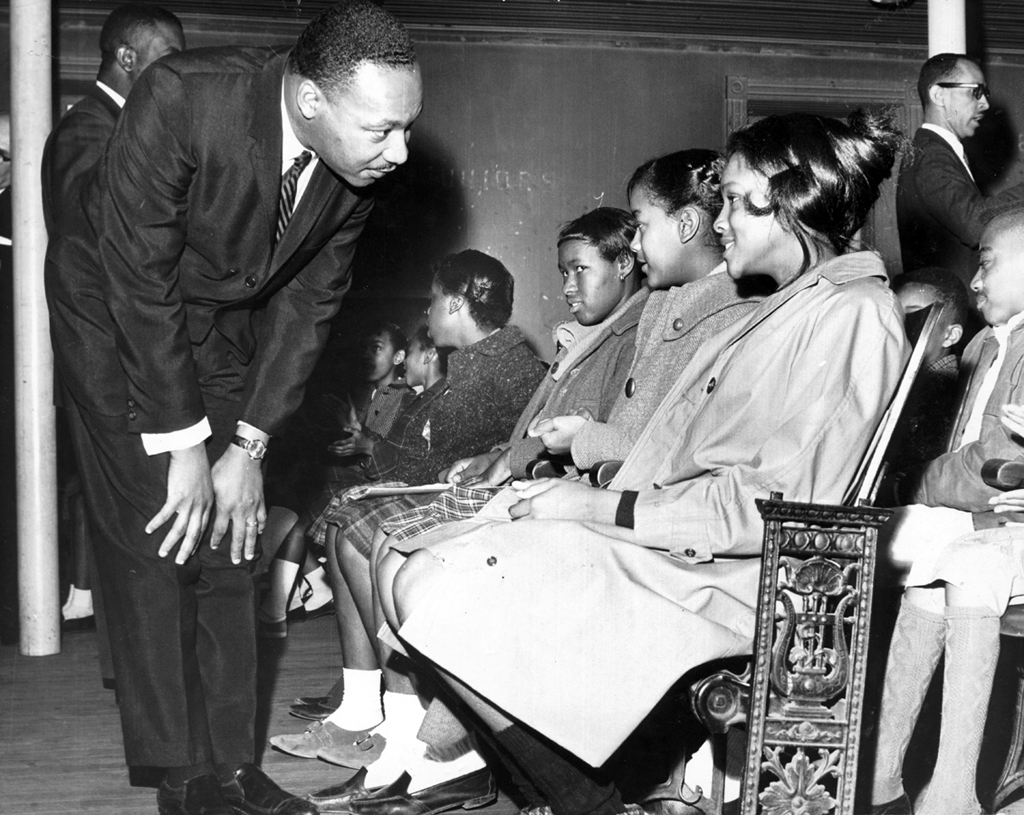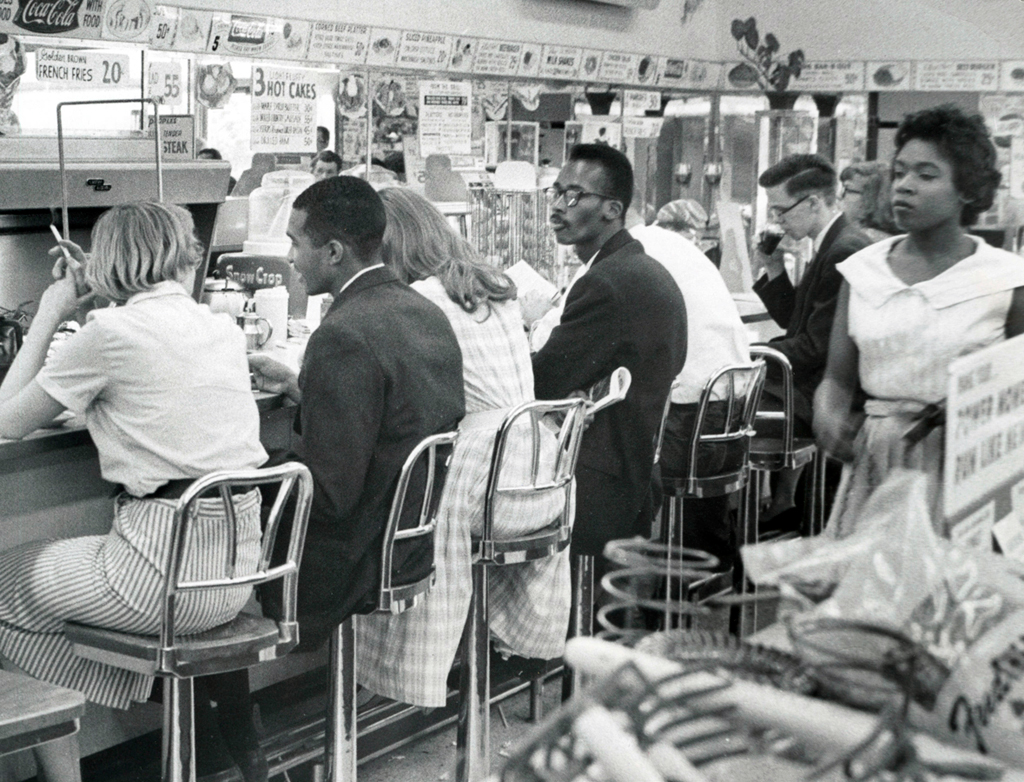Following the Civil War, black Virginians struggled to assert their independence and make freedom meaningful. In the immediate aftermath of the war, many fled the countryside and moved to urban areas. This migration, along with the uncertain status of those black Virginians who remained in rural areas, worried white landowners. Returning to power in the fall elections of 1865, white leaders enacted a series of laws known collectively as "black codes." These laws, which made a crime of vagrancy and turned such misdemeanors as petty theft into felonies, were designed mainly to ensure the availability of black labor. Black codes were enacted throughout the South.
The United States Congress thwarted President Andrew Johnson's attempts to readmit the southern states into the Union quickly. Congressional Reconstruction replaced Presidential Reconstruction as Congress required southern states to ratify the Fourteenth and Fifteenth Amendments to the U.S. Constitution. Also as a part of Reconstruction, the former Confederate states were occupied by federal troops under the auspices of the Freedmen's Bureau. The bureau established schools and enforced contracts between former slaves and former slaveowners. Many former slaves became sharecroppers. Under sharecropping, landowners provided tenants with a portion of the crop in exchange for labor. In Virginia, sharecropping was most prevalent in areas where major cash crops, such as cotton, tobacco, and peanuts, were raised. In other rural areas, African Americans were more likely to work as farmers or farm laborers. Many owned land, although often their farms were so small that they had to augment their incomes by working as laborers, either on other farms or in rural industries.

